A Complete Guide to Cabinet Edgebanding: Materials, Tips and Practical Advice
Cabinet Edgebanding is a critical step in cabinet making and furniture production that can significantly improve the durability and aesthetics of the final product. The edgebanding process involves applying a thin layer of material to the edges of panels, such as cabinet sides, tops and bottoms, to protect these edges from wear and tear and provide a clean, finished look. This article will detail all aspects of edgebanding, including the types of materials used, the tools required, and the specific construction process.

Three Common Cabinet Edgebanding Materials
PVC Edgebanding:
Features: PVC (polyvinyl chloride) is a very popular cabinet edgebanding material because of its strong durability, flexibility, and resistance to moisture and wear. It is available in a variety of colors and textures to suit a variety of design styles.
Application scenarios: Especially suitable for humid environments such as kitchen cabinets and bathroom cabinets.
ABS Edgebanding:
Features: ABS (acrylonitrile butadiene styrene) is known for its impact resistance and sturdiness. It is harder than PVC but provides excellent durability and a high-quality finish.
Application: Suitable for furniture and cabinets that require a harder edge, such as office furniture and commercial cabinets.
Veneer Edgebanding:
Features: Veneer edgebanding provides a natural wood look and feel. It is available in a variety of wood species and finishes to provide a high-end, authentic wood appearance.
Application: Commonly used in high-end furniture and cabinets, especially those where a natural wood look is required.
Is sanding required before cabinet edgebanding?
Preparation is key to achieving a seamless and professional finish. Sanding the edges of the board is a highly recommended step before edgebanding. Here are the reasons:
- Smooth surface: Sanding removes roughness or irregularities on the edge, providing a smooth surface for the cabinet edgebanding material to adhere better.
- Better adhesion: A smooth surface allows adhesives to adhere more effectively, resulting in a stronger, longer-lasting connection.
- Uniform appearance: Proper sanding ensures that the edgebanding tape fits evenly, resulting in a uniform appearance.
What is the most durable edgebanding material?
When it comes to durability, the choice of edgebanding material is crucial. Here is a comparison of the three main materials:
PVC Edgebanding: It is highly durable, moisture-resistant, and flexible. It can withstand daily wear and tear and is suitable for high-traffic areas.
ABS Edgebanding: It is known for its impact resistance and sturdiness. It is harder than PVC and provides a high-quality finish.
Veneer Edgebanding: While veneer edgebanding provides a natural and authentic look, it may not be as durable as PVC or ABS. However, its durability can be enhanced by applying a sealant.
How to Choose Edgebanding Materials?
Choosing the right edgebanding material depends on several factors, including the type of furniture or cabinet, the environment in which it will be used, and design preferences. Here are some tips to help you make the right choice:
- Material: Consider the environment in which the furniture will be used. For wet environments, such as kitchens and bathrooms, PVC or ABS are recommended. If a natural wood look is desired, veneer is the best choice.
- Color and Texture: Choose a color and texture that matches the cabinet design. PVC and ABS are available in a variety of colors and finishes, while veneer provides a natural wood look.
- Thickness: The thickness of the cabinet edgebanding material should match the thickness of the board. Common thicknesses are 0.8 mm, 1 mm, and 2 mm.
- Application Method: Consider the tools and equipment you have. Some edgebanding materials require specific tools for application, such as a hot glue gun or edge bander.
Can edgebanding be removed?
Yes, edgebanding can be removed, but it needs to be done carefully to avoid damaging the underlying board. Here are the steps to remove cabinet edgebanding:
- Heat: Heat the edgebanding using a heat gun or hair dryer. This will soften the adhesive, making it easier to remove.
- Peel: Once the adhesive is softened, carefully peel the edgebanding off using a scraper or flat-headed tool. Be gentle to avoid scratching the board.
- Cleanup: After removing the edgebanding, clean the area with a solvent to remove any residual adhesive.
What are the pros and cons of edgebanding?
Pros:
Improved Aesthetics: Edgebanding provides a clean, finished look to furniture and cabinets.
- Durability: It protects the edge from wear, moisture, and impact, extending the life of the furniture.
- Customization: Available in a variety of materials, colors, and textures, it can be customized to any design.
- Ease of Application: Many types of cabinet edgebanding are easy to apply, making them easy for even DIY enthusiasts.
Disadvantages:
- Cost: High-quality edgebanding can be expensive, especially when customizing colors and textures.
- Maintenance: Although durable, edgebanding may require periodic maintenance to keep it looking its best.
- Application Tips: Proper application requires some skill and practice to achieve professional results.
How thick should the cabinet edgebanding be?
The thickness of the edgebanding depends on the application and the type of board being used. Common thicknesses range from 0.4 mm to 3 mm. Here are some guidelines:
0.4 mm to 0.8 mm: For lightweight furniture and cabinets, ideal when a thin edge is required.
1 mm to 2 mm: For standard furniture and cabinets, providing a good balance between durability and appearance.
2 mm to 3 mm: Recommended for heavy-duty applications and commercial furniture where extra durability is needed.
How do I apply glue to cabinet edgebanding?
Proper application of glue is critical to ensure a strong bond between the edgebanding and the board. Here is a step-by-step guide:
Prepare the surface: Clean the edges of the sheet to remove any dust or debris. Lightly sand the edges to ensure a smooth surface.
Choose the right glue: Use a high-quality, heat-activated glue designed for cabinet edgebanding.
Apply glue: Apply a thin, even coat of glue to the back of the edgebanding. Use a hot glue gun for precise application.
Press the edgebanding: Align the edgebanding with the edge of the sheet and press it firmly into place. Use a roller or clean cloth to apply even pressure along the edgebanding.
Trim and clean up: Use a sharp utility knife to trim any excess edgebanding. Wipe with a damp cloth to clean up any excess glue.
Is ABS edgebanding better than laser edgebanding?
ABS and laser edgebanding each have their own advantages and are suitable for different application scenarios:
ABS edgebanding:
Pros: Very durable, impact-resistant, and strong. Provides a high-quality finish and is suitable for heavy-duty applications.
Cons: Stiffer than PVC and may be more challenging on curved edges.
Laser Edgebanding:
Pros: Laser edgebanding provides precise and consistent results, especially for intricate designs and custom applications. It provides a seamless look and is ideal for high-end furniture.
Cons: Requires specialized equipment and may be more expensive than traditional edgebanding methods.
Is edgebanding durable?
Edgebanding is designed to be durable and long-lasting. High-quality edgebanding materials, such as PVC and ABS, are resistant to wear, moisture, and impact. If applied correctly and maintained properly, edgebanding can last for years. However, the lifespan of edgebanding depends on several factors, including the quality of the materials, the application process, and the environment the furniture is exposed to.
What tools are needed for edgebanding?
To achieve professional cabinet edgebanding results, you need to use the right tools. Here is a list of must-have tools:
- Edgebanding machine: For large-scale production and professional applications, cabinet edgebanding machines provide precise and consistent results.
- Hot melt glue gun: A reliable tool for applying heat-activated glue.
- Heat gun or hair dryer: Used to soften glue during application and removal.
- Utility knife or trimming tool: Used to trim excess edgebanding for a clean, professional look.
- Sandpaper or Sanding Block: For preparing the edges of the board and sanding the edgebanding after application.
Roller or Clean Cloth: For applying even pressure along the cabinet edgebanding during application.
Clamps: For securing the edgebanding while the glue cures.
Can PVC Edgebanding be Painted?
While PVC edgebanding can be painted, it is generally not recommended. PVC edgebanding is available in a variety of colors and textures, so it is best to choose a color that matches the design requirements. If painting is required, use a high-quality primer and paint designed for PVC surfaces. Test on a small, inconspicuous area first to ensure compatibility and the desired effect.
How is Edgebanding Done?
Edgebanding can be done in a variety of ways, depending on the edgebanding material used and the tools available. Here is a detailed cabinet edgebanding application guide:
- Prepare the Board: Clean and sand the edges of the board to ensure a smooth surface. Remove any dust or debris.
- Choose the Right Edgebanding Material: Choose the right material, color, and thickness for your project.
- Apply Glue: Use a hot glue gun to apply a thin, even coat of glue to the back of the edgebanding.
- Align and Press: Align the edgebanding with the edge of the board and press firmly into place. Use a roller or clean cloth to apply even pressure along the edgebanding.
- Trim and Sand: Use a utility knife or trimming tool to trim excess cabinet edgebanding. Lightly sand the edgebanding so it blends seamlessly into the board.
- Clean Up: Wipe the area with a damp cloth to remove any dust or glue residue.
Conclusion
Edgebanding is a vital step in cabinet making and furniture production that can significantly improve the durability and aesthetics of the final product. By understanding the different types of edgebanding materials, the tools required, and the application process, you can achieve professional, polished results in your woodworking projects.
Contact Us
If you have any questions about edgebanding, or need assistance with your project, please feel free to contact us. We are committed to providing you with the highest quality products and excellent customer service.
Email: emily.gu@asiaedgebanding.com
Tel: +86-15618525178








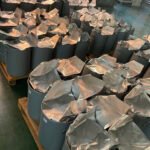
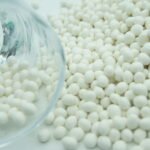





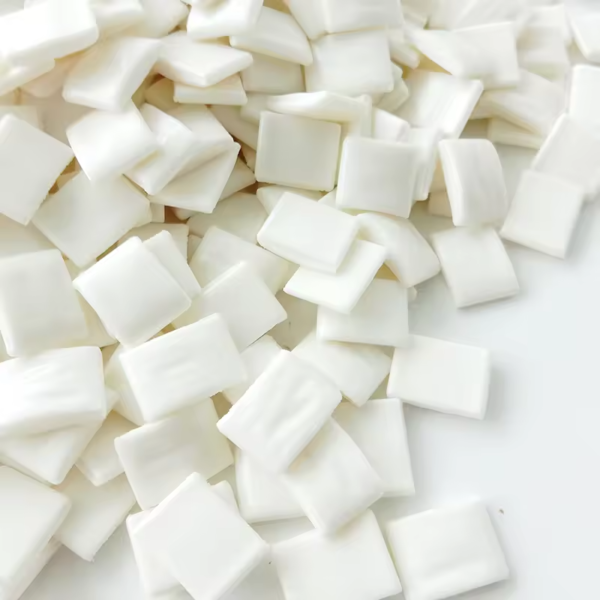

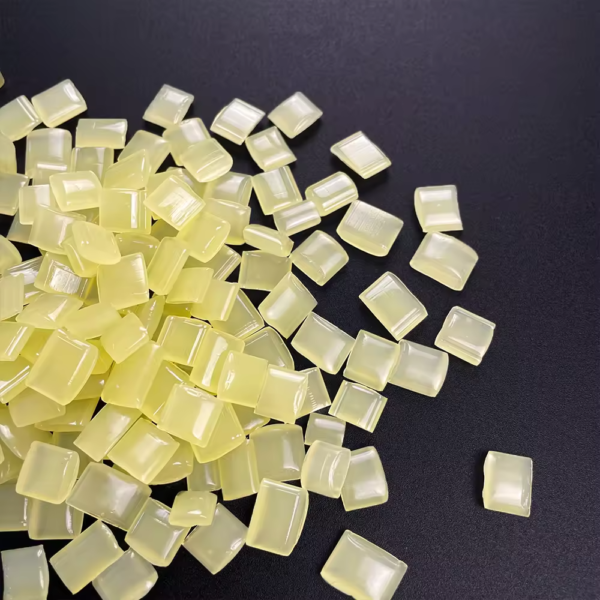

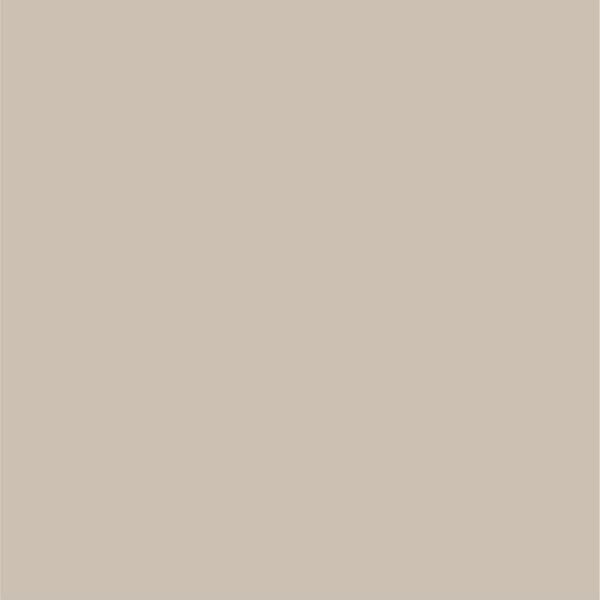
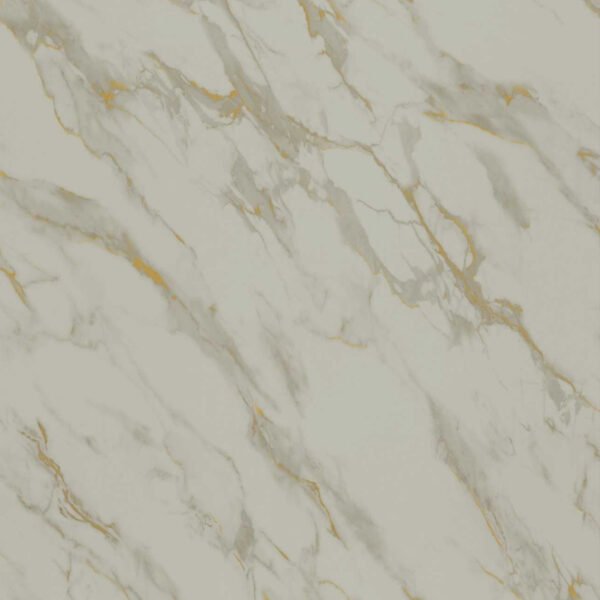

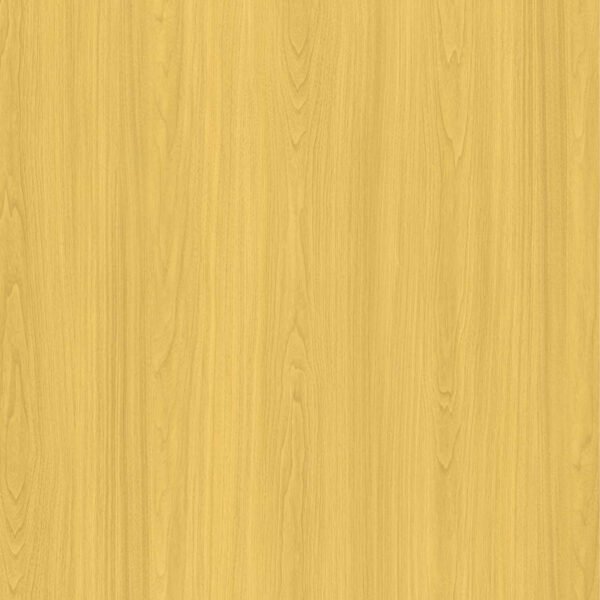


Leave a Reply